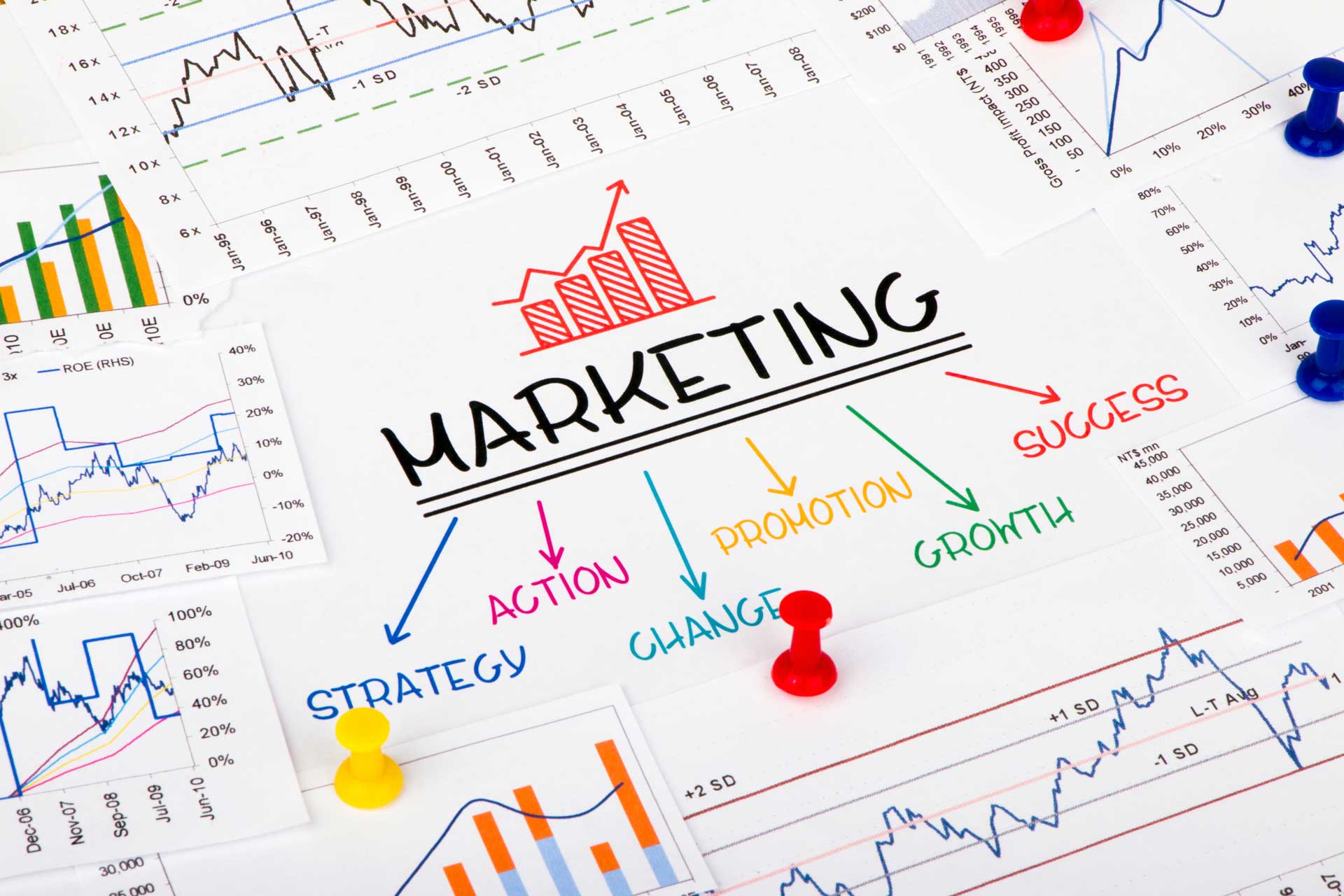As a manufacturer in New York State, you may be able to receive tax credits for purchasing new equipment, creating new jobs, utilizing property for manufacturing, investing in research and development, participating in the Excelsior Jobs Program, and more. Tax credits can directly reduce the taxes you owe and, in some cases, produce a refund. In the spirit of tax season, let’s take a look at some of the tax credits available to manufacturers in New York.
Investment Tax Credit (ITC) and Employment Incentive Credit (EIC)
Businesses in New York that make investments in machinery, buildings, or equipment are eligible to receive the Investment Tax Credit. The standard rate of credit for C corporations is 5% on the first $350 million invested, and 4% for any amount over $350 million. The credit for S corporations, partnerships, and sole proprietorships is a flat 4% rate. Any unused credit can be carried forward 15 years for C corporations, or 10 years for S corporations, partnerships, and sole proprietorships. A corporation that qualifies as a new business can elect to receive a refund for unused credit rather than carrying it forward. If your investment in qualifying property creates additional jobs, your business may also be eligible for an Employment Incentive Credit (EIC) for the two years succeeding the investment. To qualify for the Employment Incentive Credit, you must (1) qualify for the Investment Tax Credit and (2) increase your average number of employees by at least 101% of the average number of employees during the employment base year (the year immediately preceding the ITC year).
Manufacturer’s Real Property Tax Credit
You may be eligible to receive a credit equal to 20% of the real property taxes paid during the tax year on your New York State business property. To qualify, you must use your property principally for manufacturing, processing, assembling, refining, mining, extracting, farming, agriculture, horticulture, floriculture, viticulture, or commercial fishing. For more information about eligibility requirements, see Manufacturer’s Real Property Tax Credit.
R&D Tax Credits
Planning to research new technologies or develop a new product? New York manufacturers may be eligible for both federal and state credits for research and development (R&D) activities. The federal R&D Tax Credit offers a dollar-for-dollar reduction in taxable income for qualifying expenses. This credit is available to U.S. businesses for qualifying research activities like software development, testing new technologies, product enhancements, and more. Qualified small businesses can use the R&D credit to offset quarterly payroll taxes up to $500,000. New York State offers a separate R&D tax credit to businesses participating in the Excelsior Jobs Program. The Excelsior Research and Development Tax Credit equals 50% of the business’s federal R&D credit related to R&D expenses in New York State, up to 6% of research expenses based in NYS (8% for a qualified green project or green CHIPS project).
Excelsior Jobs Program Tax Credit
If your business participates in the Excelsior Jobs Program, you may be eligible to receive the Excelsior Jobs Program Tax Credit, equal to the sum of five components:
- Excelsior Jobs Tax Credit (up to 6.85% of wages per net new job; up to 7.5% for green project or green CHIPS project)
- Excelsior Investment Tax Credit (2% of qualified investments; up to 5% for green project or green CHIPS project)
- Excelsior Research and Development Tax Credit (50% of federal R&D credit related to R&D expenses in New York State, up to 6% of research expenses based in NYS or 8% for green project or green CHIPS project)
- Excelsior Real Property Tax Credit (available to businesses located in certain distressed areas or qualified as Regionally Significant Projects)
- Excelsior Child Care Services Tax Credit (up to 6% of net new childcare services expenditures)
For more information about the tax credits included under the Excelsior Jobs Program, visit Empire State Development.
Have questions?
Understanding the various tax credits available to New York manufacturers can be a confusing process. That’s where we can help. RBT CPAs’ tax and accounting professionals are here to help you understand and claim credits for your business, allowing you to make the most of tax-saving opportunities in our state. Learn more by speaking with one of our experts today.










